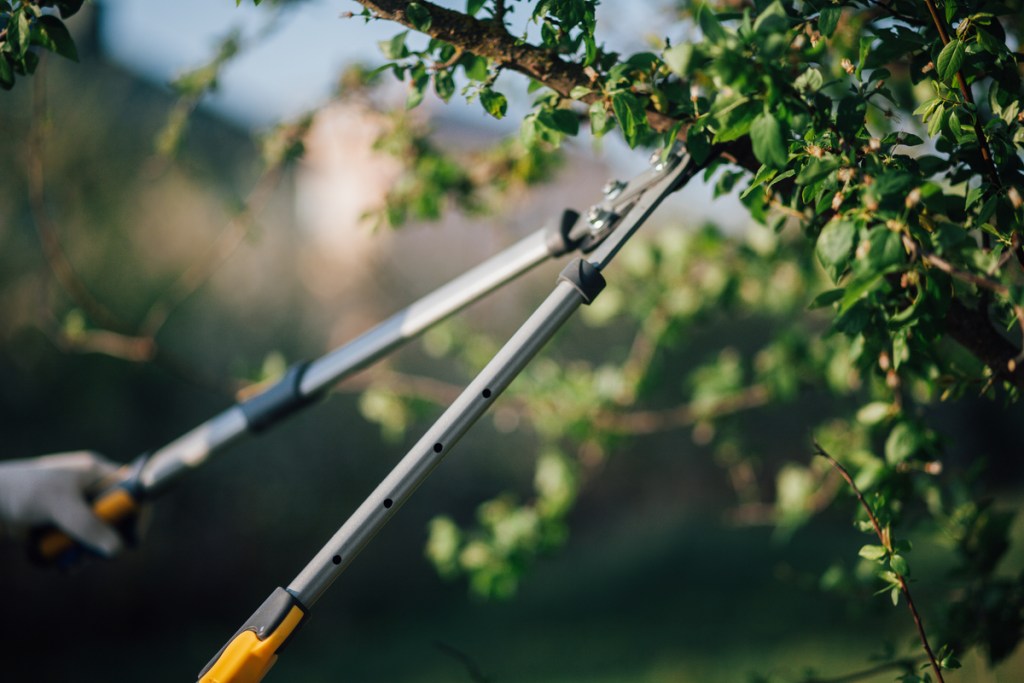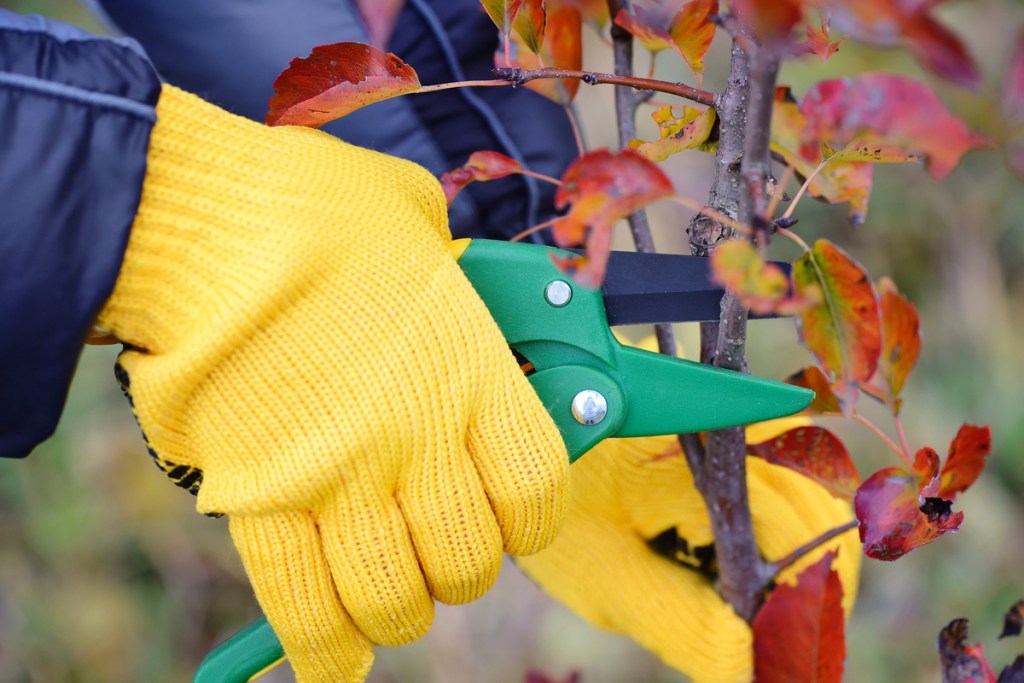Pruning your tree can be a difficult job, but it’s often necessary for maintaining your tree’s health. Pruning can help keep disease and fungal infections from spreading, limit pest damage, increase airflow, and increase the size and amount of fruit or flowers. Figuring out which branches to prune is one thing, but actually cutting through them is another. Having the right tool for the right job makes pruning your tree so much easier, but how do you know what the right tool is? That’s where we come in.
Why do you need different pruners for different projects?
Technically speaking, many tasks can be accomplished with the same tools, and pruning is one of those tasks. There are plenty of gardeners who own a single pair of loppers, or one electric hedge trimmer, and use that tool for every pruning job. That does, technically, work. Those tools will cut almost any branch, but they aren’t necessarily the best fit for every job. Having an incorrect tool can lead to harder work, as you strain to chop through a thick branch with a tool that isn’t designed for it, or damaged plants, with incorrect tools potentially leaving uneven or jagged edges instead of clean cuts.

Best pruners for tall trees
While you may be able to reach some of the lower branches from the ground, there’s a good chance that you won’t be able to reach every branch that needs to be pruned. You can climb up your tree with your pruner, but that can be dangerous, especially if you aren’t experienced, don’t have someone nearby to help if needed, or are climbing a tree with dense branches, reducing visibility.
Your best, and safest, option for tall trees are pole pruners or pole saws. As the name implies, these pruners consist of a saw at the end of a pole. They come in a variety of lengths, so you can be sure to find a pole that matches your tree. You can choose between a manual pole saw, which ends in a blade like a hand saw and is used by physically moving the pole up and down to saw through branches, or an electric pole saw, which ends in an electric saw and can be corded or battery powered.
Best pruners for thick trees
Depending on the thickness of the branch and the angle of the branch in relation to you, you have a few options. If the branch is close to you, then a pruning saw is your best option. Pruning saws are curved, specifically to make them better at sawing through tree branches. They can cut through smaller branches easily, and, with some effort, can cut through thicker branches as well.
If the branch is slightly above you, or at an angle where using the saw would be awkward, consider using loppers instead. The long handles of the lopper helps you apply more force to branches, making it easier to cut through thicker branches. The long handle and more sleek shape also make it easier to prune branches that are in a cluster with other branches or are otherwise within arm’s reach but difficult to get to with a saw.

Best pruners for shrubs and small trees
For shrubs and small trees who have branches less than an inch in diameter, hand shears are the tool of choice. There are two main types of hand shears, anvil and bypass. Anvil shears have only one blade, with the other side being flat. The flat side acts as an anvil, with the blade holding and crushing the branch against that anvil. Bypass shears have two blades, like scissors or loppers. This allows the bypass shears to cut the branch neatly and cleanly. Since anvil shears are likely to crush branches, it’s better to use them on dead or dying branches, while bypass shears are a better fit for healthy, living branches.
Now that you know what the best pruner is for your tree, you’re ready to tackle any pruning project or trimming task. As always, safety is important. If you plan on climbing your tree or pruning from a ladder, do so carefully and have someone on hand to help out if needed. If you’re cutting branches over your head, keep a keen eye out for falling branches. It may be a good idea to invest in a protective hard hat, too. No matter which tool you’re using, be sure the blade is sharp and keep your hands and fingers clear of it.



